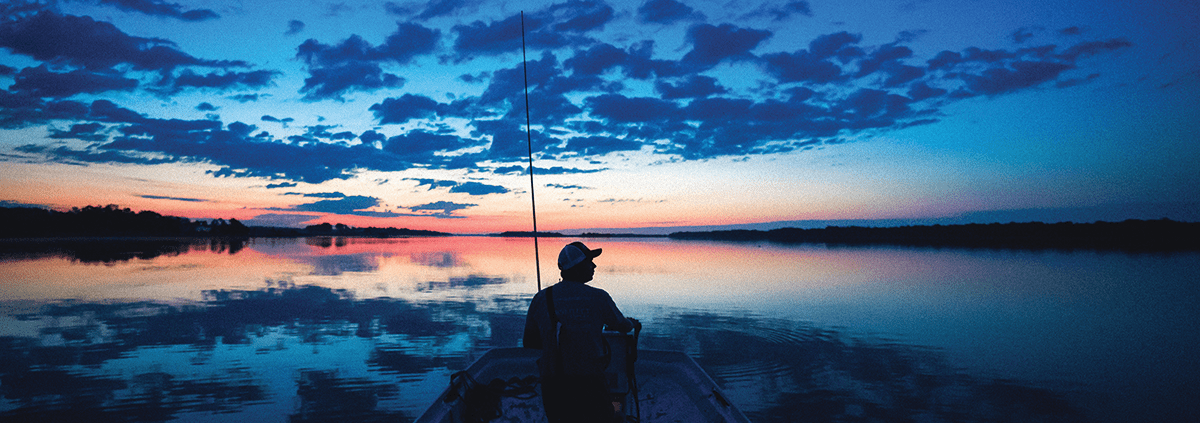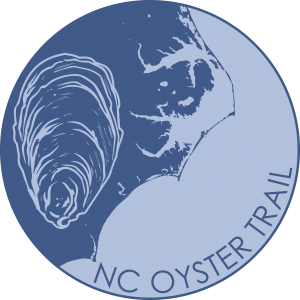Savoring the Sea: The NC Oyster Trail
A statewide effort connects Raleigh to the coast — and an ocean delicacy — through partnerships with restaurants, supplies and oyster farms.
by Ayn-Monique Klahre in the September 2024 issue | Reprinted from Walter Magazine
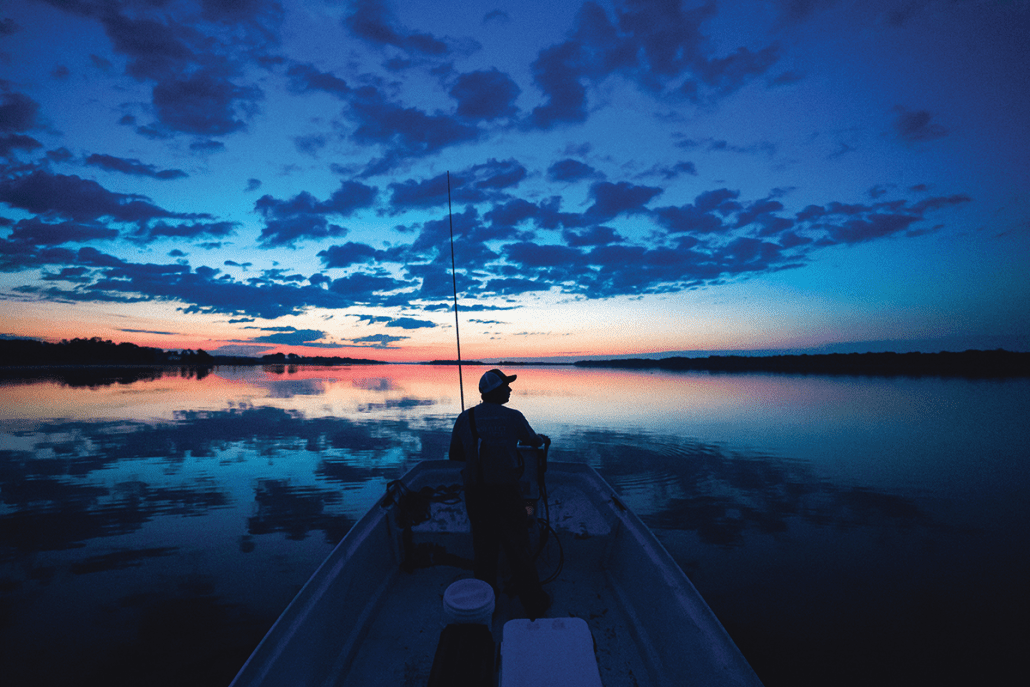
photography by Justin Kase Conder
“Few ingredients taste so much like the place they come from,” says chef Sean Fowler of Mandolin in Raleigh. “But oysters truly offer the essence of their environment — their taste, texture and aroma directly connect you to the sea.” “I love everything about them,” agrees chef Sunny Gerhart of St. Roch Fine Oysters + Bar. “Served raw on the half shell with a touch of mignonette, fried until perfectly crispy with a touch of hot sauce aioli and a squeeze of lemon, gently poached in a stew. Oysters are so versatile, you can really do so much.”
St. Roch and Mandolin are just two of a handful of Triangle stops on the NC Oyster Trail, a collection of more than 80 sites across the state that offer experiences like seafood markets, shellfish farms that are open for touring and restaurants that serve North Carolina oysters year-round.
Established in 2020, the trail is administered by the North Carolina Sea Grant (a National Oceanic and Atmospheric Administration program based at North Carolina State University), the North Carolina Coastal Federation and the North Carolina Shellfish Growers Association. It’s an effort to raise awareness about the many benefits of these farm-raised mollusks.
“We’re trying to connect the dots between people who farm oysters and people who eat them,” says Lin Peterson, the cofounder of Raleigh-based Locals Seafood.
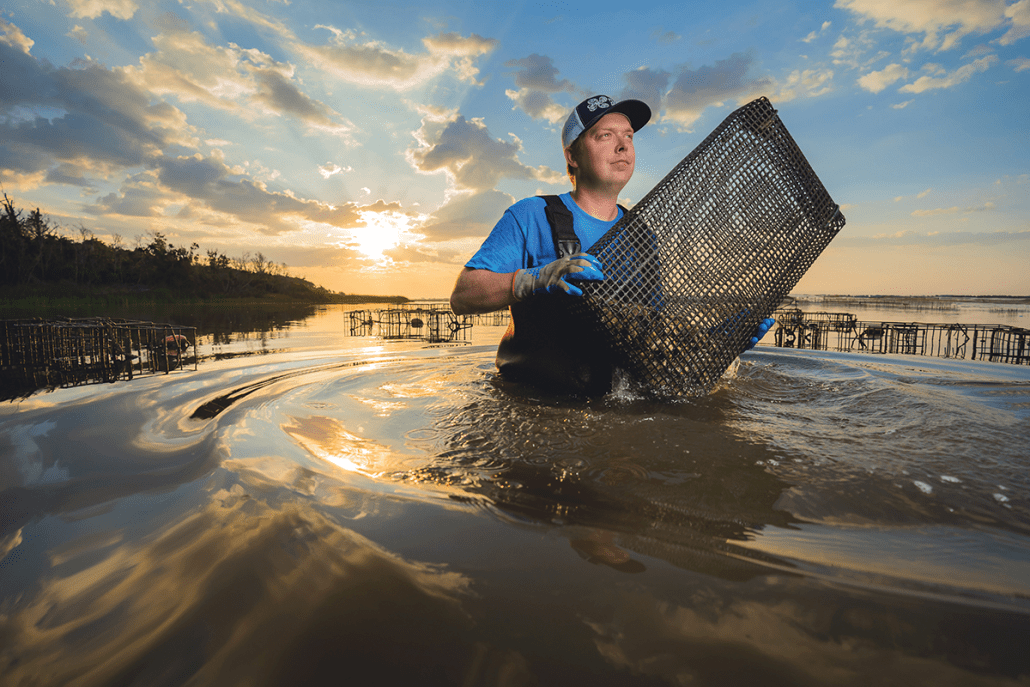
photography by Justin Kase Conder
A Beneficial Crop
Oyster farming is unique in that it’s one of the few agricultural techniques that actually improves the environment. “Everything we grow on land — corn, cotton, cows, pigs — they take from the land; we have to add nutrients back once we harvest them,” says Peterson. “But oysters actually clean the water. It’s the greenest form of farming there is; these animals are filtering hundreds of gallons of water each day.”
Farmed oysters are raised in cages or floating bags in the ocean. They can be grown more quickly than their wild cousins and tend to have thinner shells than wild-caught ones, making transportation more economical. “Farming takes the pressure off of wild mollusks. All you have to do to grow them is put them in the water,” says Jane Harrison, a coastal economics specialist with the NC Sea Grant.
A great benefit is that these farmed bivalves can be harvested year-round — contrary to the often-quoted rule about only eating oysters in the ‘r’ months, a recommendation that comes from two fronts. One is from efforts to avoid depleting wild populations, which reproduce in warmer months. “There are a lot of restrictions on wild oysters so they can restore their populations,” says Harrison.
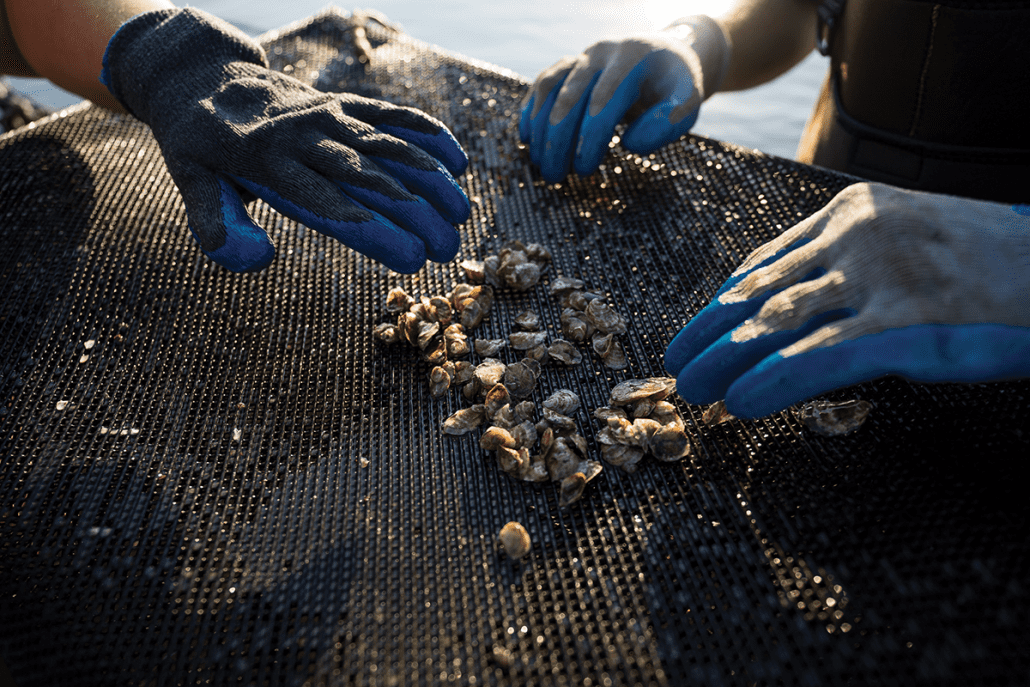
photography by Justin Kase Conder
The other is that these raw foods carry a risk of contamination from a naturally occurring bacteria called Vibrio, which multiplies in warm conditions. That risk is mitigated by regulations that stipulate the range of water temperatures acceptable for harvest, as well as cooling and storage practices once the mollusks are out of the water.
“We allow Mother Nature to grow great oysters for us,” laughs Cody Faison, who runs Ghost Fleet Oyster Company with his wife, Rachel. They’re based in Hampstead, where they moved in 2019 after living in Raleigh. They found that this type of farming combined his passion for fishing with her background as an environmental scientist.
Ghost Fleet was among the first such company to offer tours of its operations to guests. “We always knew that ecotourism and agritourism would be a huge component of what we wanted to do,” Faison says.
On their tours, they walk guests through a day in the life of an oyster farmer, showing them how bags and cages are set, explaining the difference between farmed and wild species and talking them through the harvest process. Guests cannot engage in farming activities — it’s a regulated agricultural activity, after all — but can get off the boat and walk around. “It’s an authentic moment of time in the marsh,” says Faison. “And we end the tour with shucking and eating oysters, of course!”
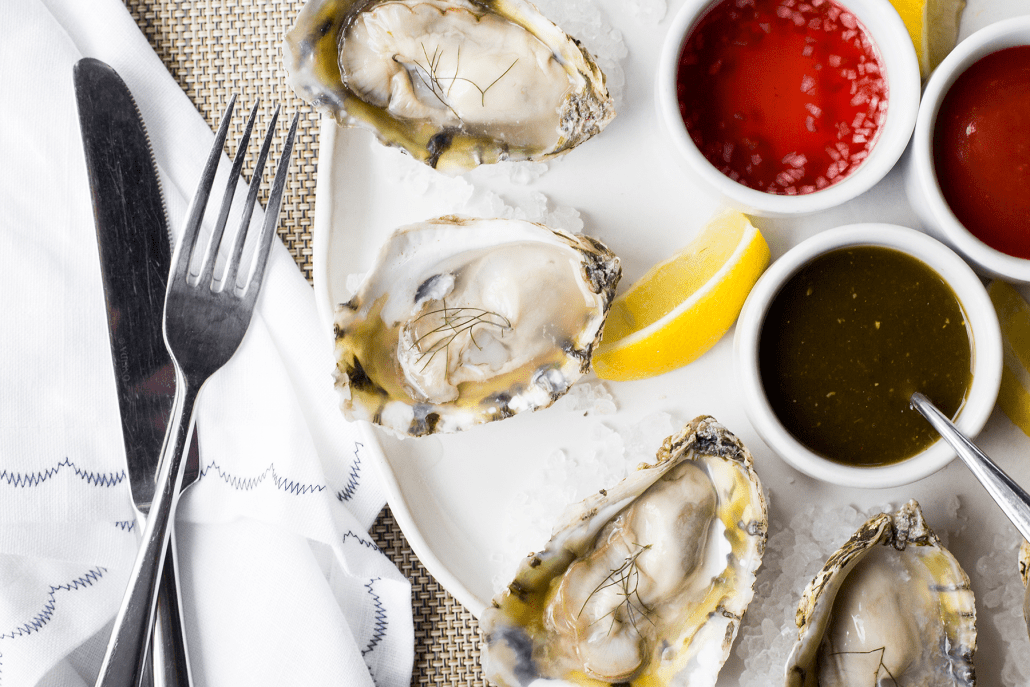
photography by Justin Kase Conder
The Merroir
Which leads back to the taste. These delicacies can be salty, earthy, buttery or have notes of indescribable umami flavors. “We grow the same species all up and down the Eastern Seaboard, but when you pull them out the water, they’re completely different,” says Peterson.
“The shell color, the shapes, the flavor — all that is influenced by the environment where the oyster is raised. It’s like a grape: you can plant the same chardonnay vine in North Carolina, California or France, and it’ll taste totally different.”
Farmers have learned to control the flavors of the mollusks by moving them as they grow or tumbling them to change the shape of the shell. “It’s sort of like tending cattle, you move them around to different areas,” says Peterson.
“They don’t just throw the baby oysters in a bag and come back in a year.” Farmers can even harvest when the delicacies have reached a restaurant’s preferred size. “St. Roch may want a medium or small oyster to offer cocktail-style, but Hummingbird will want a larger one to char-broil,” says Peterson.
The North Carolina coast naturally offers varied environments to create all these flavor profiles. “We have a lot of different salinity levels and different types of water bodies that are good environments, and even the same environment can fluctuate with the wind and the tides,” says Peterson, who supplies various Triangle-area restaurants.
For example, Stump Sound, on the northwest side of Topsail Island, breeds high-salinity oysters because it’s close to inlets that bring in salt water. (“They’re like a salt bomb,” says Peterson.) Currituck Selects, which are raised near Germantown on the Pamlico Sound, are the same species, but they grow in an area with much lower salinity, so tasters may detect a cleaner flavor.
“We’ve got the word ‘terroir’ to describe the land where a crop comes from, but people are becoming more familiar with the idea of the ‘merroir’ — understanding what part of the sea a food product comes from,” says Peterson.
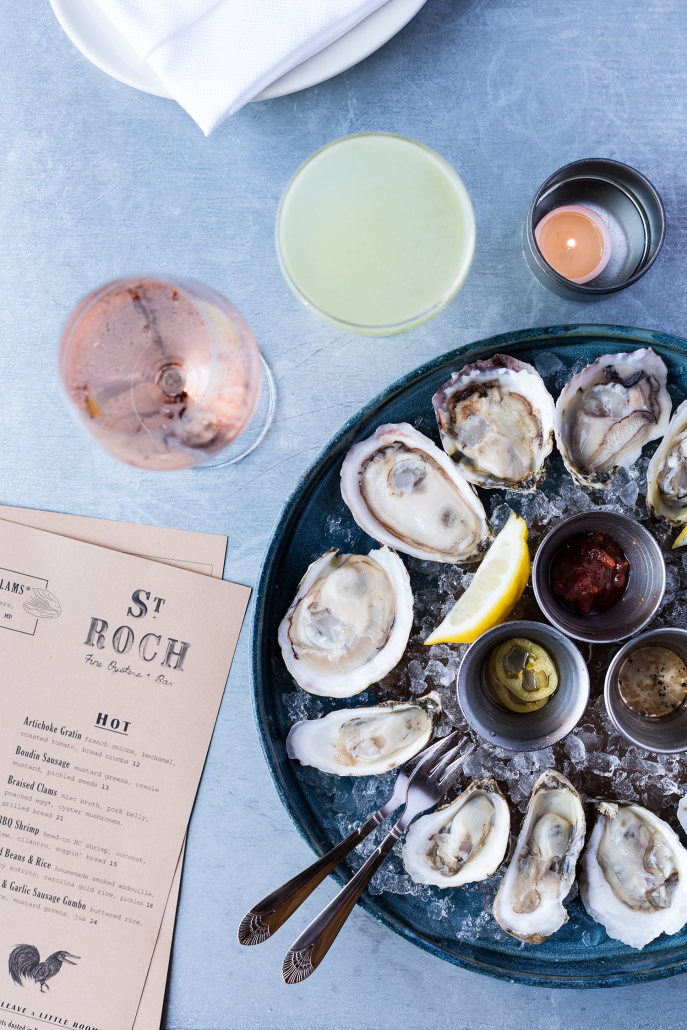
photography by Justin Kase Conder
Sustainable Goals
Another prong of the NC Oyster Trail involves supporting the sustainability of both farming operations and wild populations. One way they do this is through shell recycling, in which the shells, or “cultch,” are used to build the reefs that wild oysters grow on. “It takes lots of time and effort, but we’re always in the mindset of sustainability,” says Faison. “We want to make sure things like clean water and fresh oysters are around for our kids, and for many generations to come.”
Since 2020, the partners of the trail have planted more than 22 million bushels of cultch material for wild populations. The NC Sea Grant also offers resources like training and technical assistance to anyone who wants to get into the industry.
“Oyster farming is a sustainable way to serve and consume a wonderful ingredient that has long been an important part of NC’s food culture. It’s good for the environment and an excellent way to support the local economy,” says Fowler, who has these delicacies on the menu at Mandolin year-round. “They help preserve an important culinary resource for generations to come and help preserve the health of our state’s ocean and waterways.”
“We have such amazing waterways with so many different styles of oysters,” says Gerhart. “I have an enormous amount of respect for the folks that spend their time in the water so that we can enjoy something so delicious.”
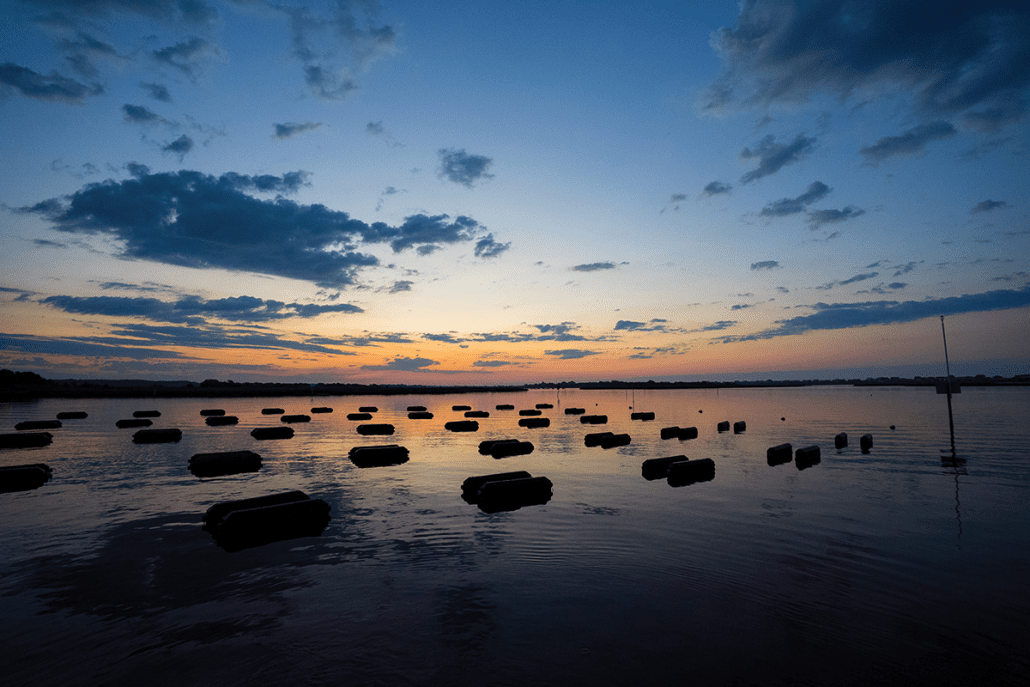
photography by Justin Kase Conder
This article originally appeared in the September 2024 issue of WALTER magazine.
photography by Justin Kase Conder
Find the behind the scenes oyster photo shoot video here.

